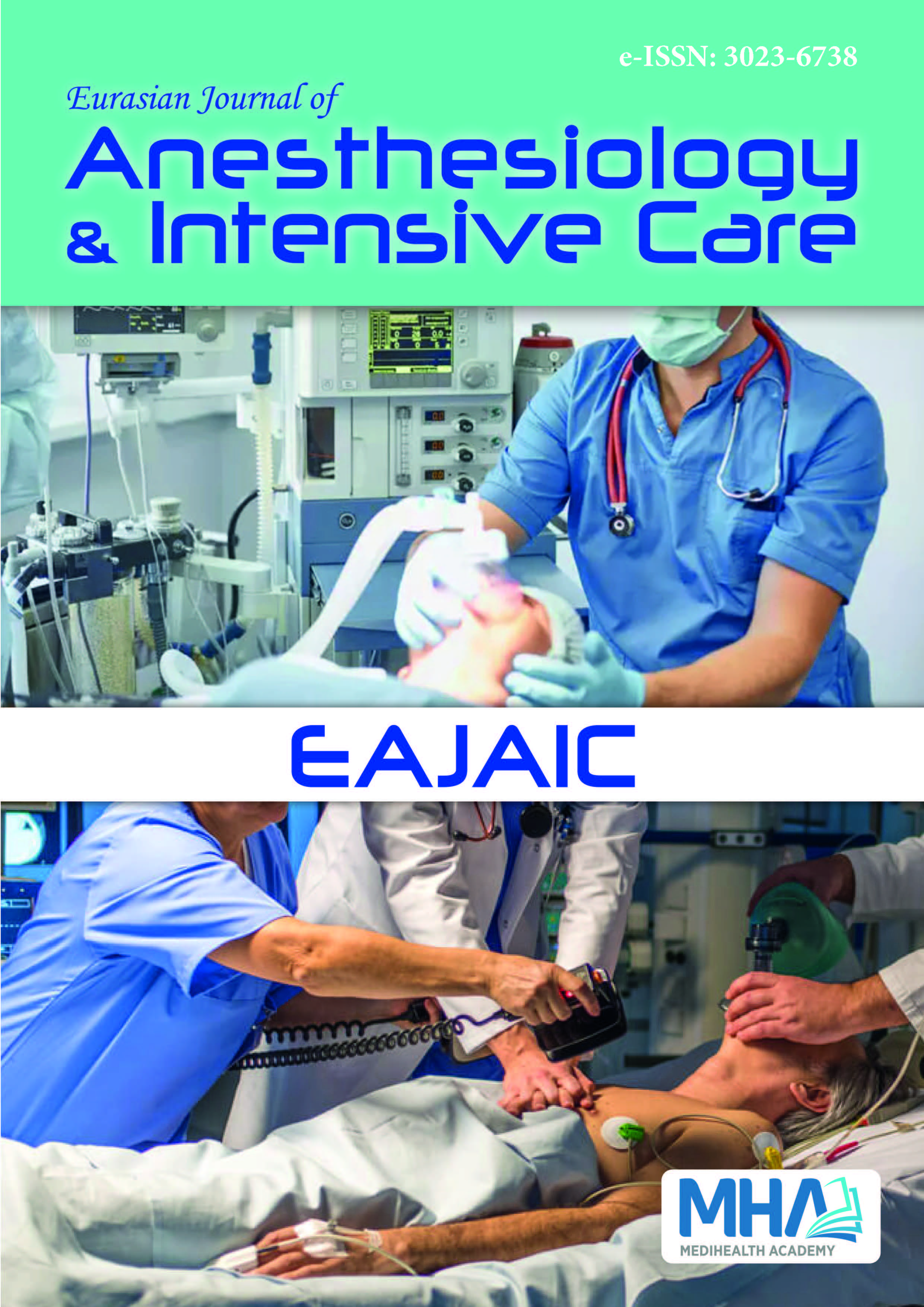1. Shiga T, Wajima Z, Inoue T, Sakamoto A. Predicting difficult intubationin apparently normal patients: a meta-analysis of bedside screening testperformance. Anesthesiol. 2005;103(2):429-437. doi: 10.1097/00000542-200508000-00027
2. Cattano D, Panicucci E, Paolicchi A, Forfori F, Giunta F, Hagberg C.Risk factors assessment of the difficult airway: an Italian survey of1956 patients. Anesth Analg. 2004;99(6):1774-1779. doi: 10.1213/01.ANE.0000136772.38754.01
3. Mallampati SR, Gatt SP, Gugino LD, et al. A clinical sign to predictdifficult tracheal intubation: a prospective study. Can Anaesth Soc J.1985;32(4):429-434. doi: 10.1007/BF03011357
4. Williams PJ, Bailey PM. Management of failed oral fibreoptic intubationwith laryngeal mask airway insertion under topical anaesthesia. Can JAnaesth. 1993;40(3):287. doi: 10.1007/BF03037045
5. Runciman WB, Kluger MT, Morris RW, Paix AD, Watterson LM,Webb RK. Crisis management during anaesthesia: the developmentof an anaesthetic crisis management manual. Qual Saf Health Care.2005;14(3):e1. doi: 10.1136/qshc.2002.004101
6. Benumof JL. Difficult tubes and difficult airways. J Cardiothorac VascAnesth. 1998;12(2):131-132. doi: 10.1016/s1053-0770(98)90317-2
7. Stix MS, Ata S, Wolckenhaar M, Kaufman MD. Double-lumen tubes:which lumen for the gum elastic bougie? Anesth Analg. 2010;110(1):258-259. doi: 10.1213/ANE.0b013e3181c293cf
8. Paix AD, Williamson JA, Runciman WB. Crisis management duringanaesthesia: difficult intubation. Qual Saf Health Care. 2005;14(3):e5.doi: 10.1136/qshc.2002.004135
9. Brain AI, Verghese C, Addy EV, Kapila A, Brimacombe J. Theintubating laryngeal mask. II: a preliminary clinical report of a newmeans of intubating the trachea. Br J Anaesth. 1997;79(6):704-709. doi:10.1093/bja/79.6.704
10. Roth D, Pace NL, Lee A, et al. Airway physical examination testsfor detection of difficult airway management in apparently normaladult patients. Cochrane Database Syst Rev. 2018;5:CD008874. doi:10.1002/14651858.CD008874.pub2
11. Çeliker V, Çelebi N, Uzun Ş. Zor Havayolu ve Yönetimi. Türkiye Klin JSurg Med Sci. 2006;2:40-46.
12. Apfelbaum JL, Hagberg CA, Caplan RA, et al. American Society ofAnesthesiologists task force on management of the difficult airway.Practice guidelines for management of the difficult airway: an updatedreport by the American Society of Anesthesiologists task force onmanagement of the difficult airway. Anesthesiol. 2013;118(2):251-270.doi: 10.1097/ALN.0b013e31827773b2
13. Kheterpal S, Martin L, Shanks AM, Tremper KK. Prediction andoutcomes of impossible mask ventilation: a review of 50,000 anesthetics.Anesthesiol. 2009;110(4):891-897. doi: 10.1097/ALN.0b013e31819b5b87
14. Kadry M, Popat M. Pharyngeal wall perforation--an unusualcomplication of blind intubation with a gum elastic bougie.Anaesthesia. 1999;54(4):404-405. doi: 10.1046/j.1365-2044.1999.00876.x
15. van Zundert TCRV, Brimacombe JR, Ferson DZ, Bacon DR, WilkinsonDJ. Archie Brain: celebrating 30 years of development in laryngeal maskairways. Anaesthesia. 2012;67(12):1375-1385. doi: 10.1111/anae.12003.x
16. Barash BG, Cullen BF, Stoelting RK, Cahalan MK, Stock MC. KlinikAnestezi. 5th ed. Nobel Tıp Kitabevi: 2012.
17. Kumar R, Prashast, Wadhwa A, Akhtar S. The upside-down intubatinglaryngeal mask airway: a technique for cases of fixed flexed neckdeformity. Anesth Analg. 2002;95(5):1454-1458. doi: 10.1097/00000539-200211000-00066
18. Wong DT, Yang JJ, Mak HY, et al. Use of intubation introducers througha supraglottic airway to facilitate tracheal intubation: a brief review. Can JAnaesth. 2012;59(7):704-715. doi: 10.1007/s12630-012-9714-8
19. Tunç M, Sazak H, Baldemir R, Alagöz A. Unexpected difficultintubation with a double-lumen tube in a case of asymptomaticvallecular cyst. Turk J Anaesthesiol Reanim. 2021;49(4):334-337. doi:10.5152/TJAR.2021.291
20. Watson NC, Hokanson M, Maltby JR, Todesco JM. The intubatinglaryngeal mask airway in failed fibreoptic intubation. Can J Anaesth.1999;46(4):376-378. doi: 10.1007/BF03013232

